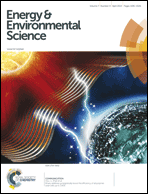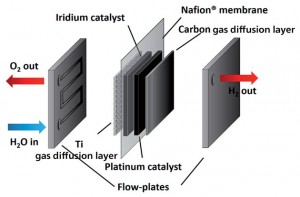We are delighted to announce a huge rise in the Impact Factor* of Energy & Environmental Science to a record high of 15.49.
This increase means Energy & Environmental Science remains the #1 ranking journal (of all 205 journals) in its ISI subject category.
This great news demonstrates that the journal continues to attract and publish outstanding research, which appeals to its community-spanning international readership.
We wish to thank all our Board members, authors and referees for their continuing support – Energy & Environmental Science is your journal.
Please do continue to submit your best work to Energy & Environmental Science. We look forward to further success in the months and years ahead.
Read more about the 2013 Impact Factors from across RSC Publishing on the RSC Publishing Blog.
*The Impact Factor provides an indication of the average number of citations per paper. Produced annually, Impact Factors are calculated by dividing the number of citations in a year by the number of citeable articles published in the preceding two years. Data based on 2013 Journal Citation Reports®, (Thomson Reuters, 2014).













